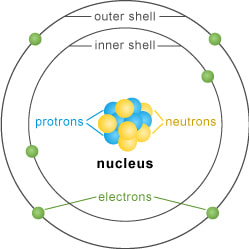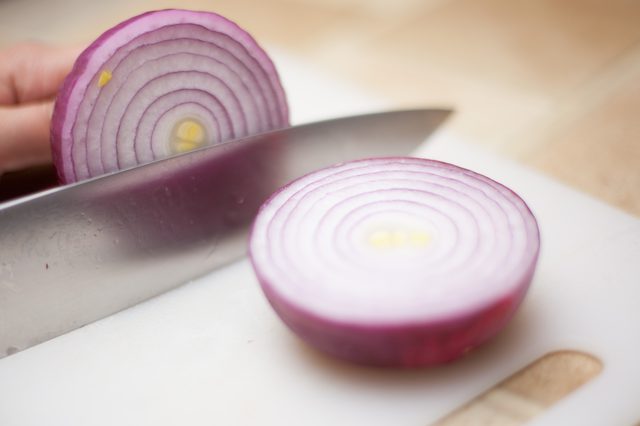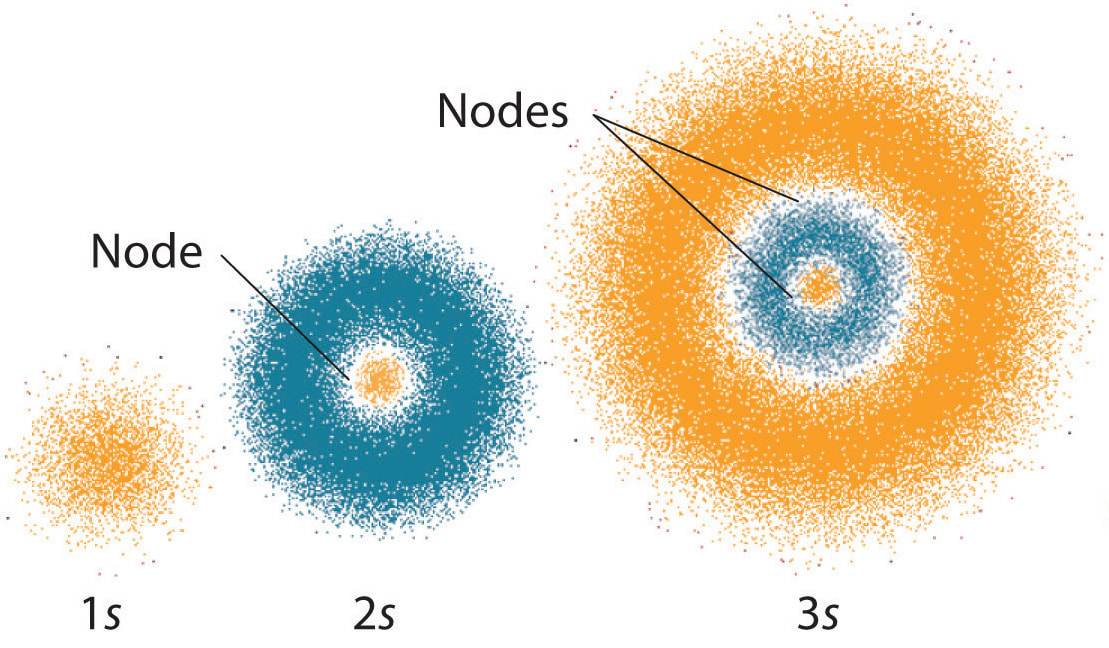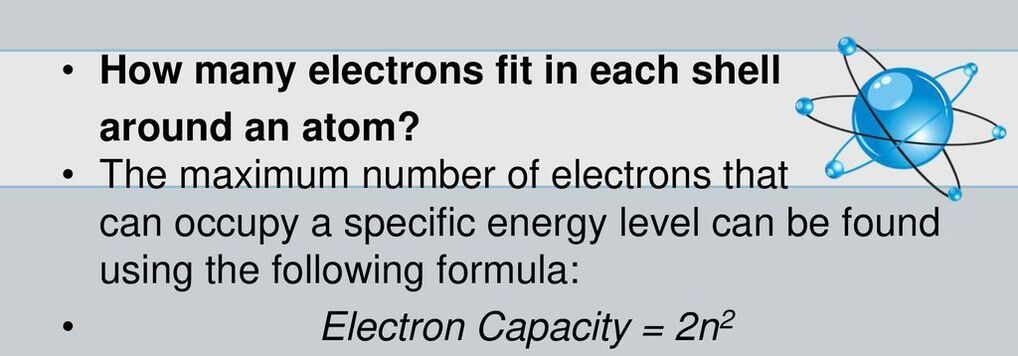This does not count for the quiz -
Building atoms
Let's take a look at a usual drawing of an atom.
While it is easier to draw an atom as a flat, still structure, the reality is, each electron moves so fast that it could be at any time around a nucleus, and it is hard to predict where it is. It's a little like the blades of a fan; you know that at any point in time, they are somewhere in that gray area, but you are never sure where.
What we do know, however, is that electrons are organized a certain way around the nucleus. Not all electrons have the same level of energy; so, they organize in layers of possibility, a little bit like an onion.
What we do know, however, is that electrons are organized a certain way around the nucleus. Not all electrons have the same level of energy; so, they organize in layers of possibility, a little bit like an onion.
After experimenting with atoms, a scientist named Erwin Schrodinger discovered that the electrons choose their layers in a very predictable way. In fact, he even made a formula for it.
Where n=layer number.
So, on the first layer of an atom, the maximum number of electrons you would find would be 2, because 2 X 1 = 2
On the second layer, the maximum number would be 8, because 2 X (2 X 2) = 8.
And so on, and so forth.
Can you build the following?
Oxygen: 8 electrons
Argon: 18 electrons
Nickel: 28 electrons
So, on the first layer of an atom, the maximum number of electrons you would find would be 2, because 2 X 1 = 2
On the second layer, the maximum number would be 8, because 2 X (2 X 2) = 8.
And so on, and so forth.
Can you build the following?
Oxygen: 8 electrons
Argon: 18 electrons
Nickel: 28 electrons



